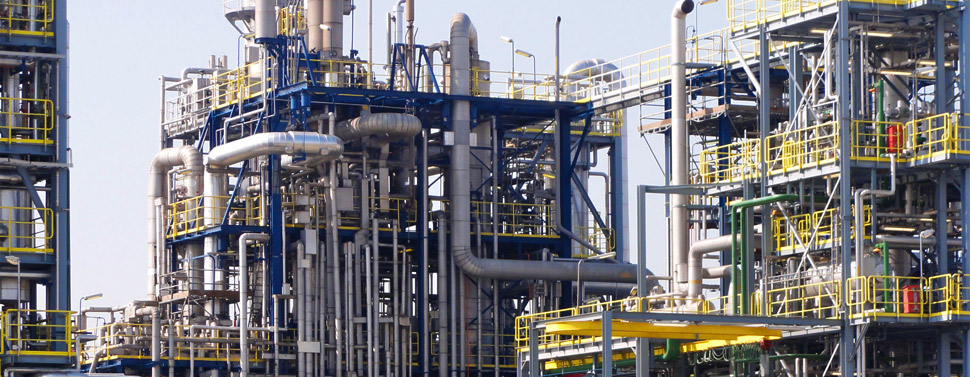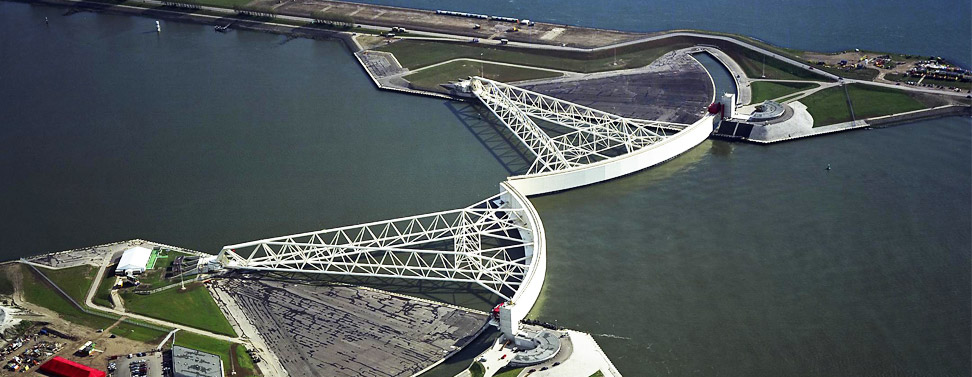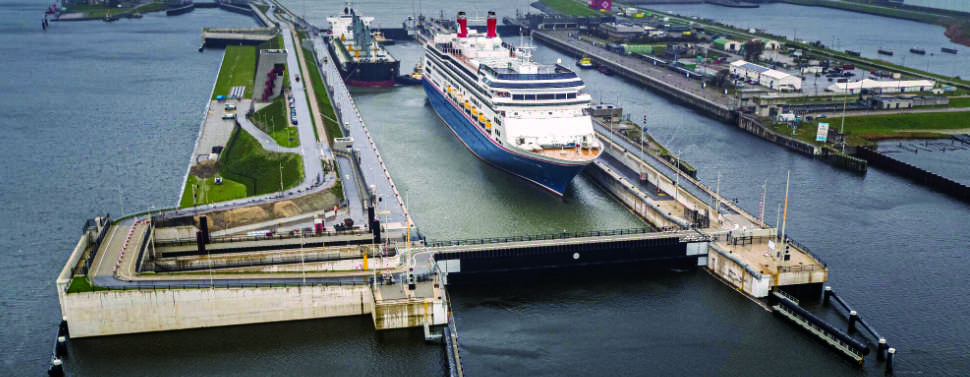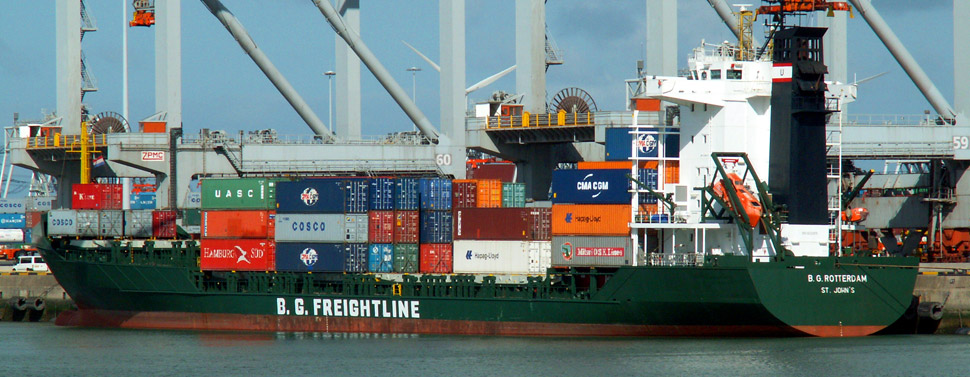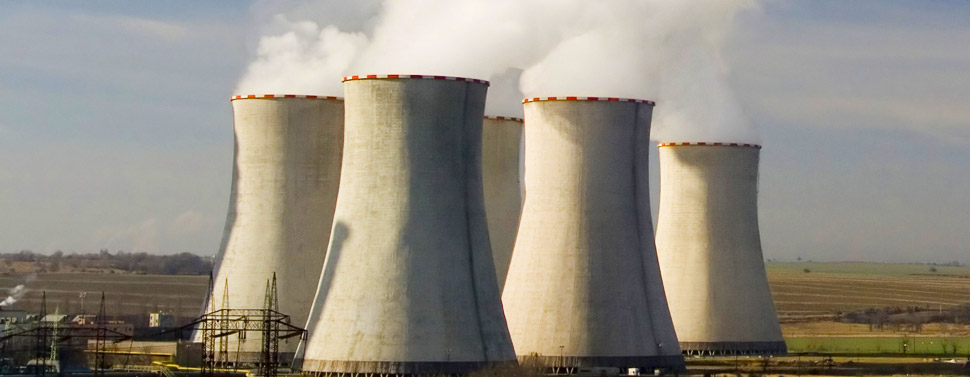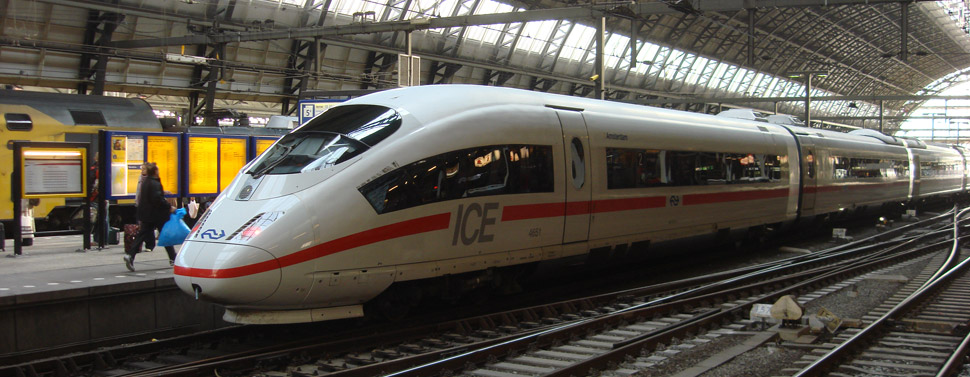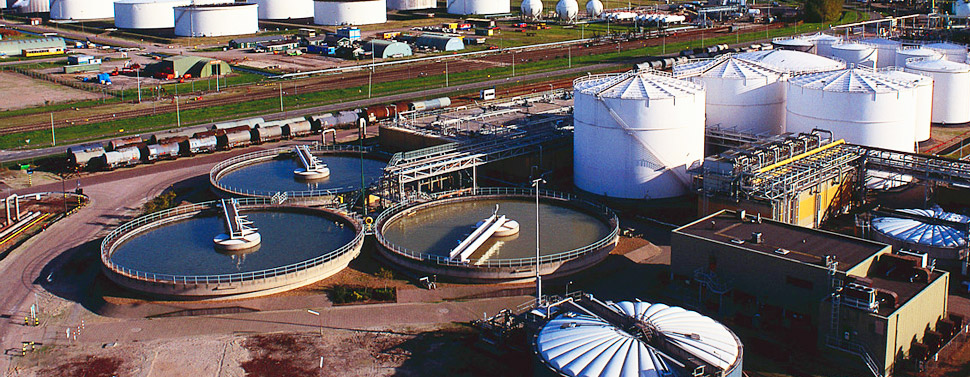Anchor Fixations
FIXING OF REINFORCEMENT BARS AND ANCHORS WITH BETEC MORTARS
Because Betec mortars adhere particularly well to concrete and steel, these materials are eminently suitable to bond reinforcement bars and anchors to all types of mineral construction materials. Vertical anchors, horizontal wall anchors and overhead vertical anchors can all be bonded using Betec cement based mortars.
Special Betec moulding mortars can be used for floor anchors. Because the space between the an-chor and the wall of the opening is usually limited, Betec 110, Betec 200 or Betec 801 (rapid mortar) is most suitable for this purpose.
Only Betec 110, Betec 200 or Betec 801 can be used for wall anchors if the openings can be drilled downwards min -15 C at an angle, otherwise the moulding mortar would escape from the opening. Betec AM is suitable for completely horizontal openings. This mortar has a consistency similar to cream, which makes it easy to pump and prevents its from escaping from the opening. Betec AM can also be used for overhead openings.
OPERATING METHOD
Vertical downward:
- Drill the anchor opening at least 6 mm larger than the anchor to be fixed.
- Preferably submerge the opening in water after drilling to saturate the surrounding concrete with water.
- Extract standing water out of the opening before actual fixing.
- Pour the Betec moulding/injection mortar (prepared according to processing instructions on the back of the bag) in the opening and lower anchor into it.
- Once the moulding mortar has set, protect it from dehydration with curing compound, or keep it wet with clean mains water.
Horizontal, and vertical upward:
- Drill the anchor opening at least 6 mm larger than the anchor to be fixed. However, with large anchor diameters and bonding depths it is better from a technical point of view to drill the anchor quite gen-erously minium 10 mm bigger.
- Moisten the fixing opening with clean mains water well beforehand to ensure that the surrounding concrete is saturated.
- Remove excess water.
- Insert the Betec AM (prepared according to processing instructions) in the opening using a manual pump or cement gun and position the anchor in it.
- Once the moulding mortar has set, protect it from dehydration with curing compound, or keep it wet with clean mains water.
Table 1: acceptable force with bonding depth 10 times the anchor diameter:
| M8 | M10 | M12 | M16 | M20 | M24 | M30 | ||
| B15 | FR | 6,6 | 9,7 | 13,3 | 22,1 | 33,2 | 49,8 | 74,6 |
| FU | 19,9 | 29,1 | 39,8 | 66,4 | 99,5 | 149,3 | 223,9 | |
| B25 | FR | 9,0 | 13,2 | 18,1 | 30,2 | 45,2 | 67,9 | 101,8 |
| FU | 27,1 | 39,6 | 54,3 | 90,5 | 135,7 | 203,6 | 305,4 | |
| B35 | FR | 10,9 | 15,8 | 21,7 | 36,2 | 54,3 | 81,4 | 122,1 |
| FU | 32,6 | 47,4 | 65,1 | 108,6 | 162,9 | 244,3 | 366,4 | |
| B45 | FR | 12,1 | 17,6 | 24,1 | 40,2 | 60,3 | 90,5 | 135,7 |
| FU | 36,2 | 52,8 | 72,4 | 120,6 | 181,0 | 271,4 | 407,2 | |
| B55 | FR | 15,1 | 22,0 | 30,2 | 50,3 | 75,4 | 113,1 | 169,6 |
| FU | 45,2 | 66,0 | 90,5 | 150,9 | 226,2 | 339,3 | 508,9 |
FR= acceptable force in calculation stage (Kn)
FU= acceptable force in failure stage (Kn)
Table 2: Adhesive stress between anchor adhesive and concrete:
| Betonkwaliteit | Betontreksterkte fbk N/mm² | Aanhechtspanning G N/mm² |
| B 15 | 1,1 | 2,2 |
| B 25 | 1,5 | 3,0 |
| B 35 | 1,8 | 3,6 |
| B 45 | 2,0 | 4,0 |
| B 60 | 2,5 | 5,0 |
Table 3: Edge and axial distances:
| M8 | M10 | M12 | M16 | M20 | M24 | M30 | |
| Rand afstand |
80 | 100 | 120 | 160 | 200 | 240 | 300 |
| As afstand |
160 | 200 | 240 | 320 | 400 | 480 | 600 |


